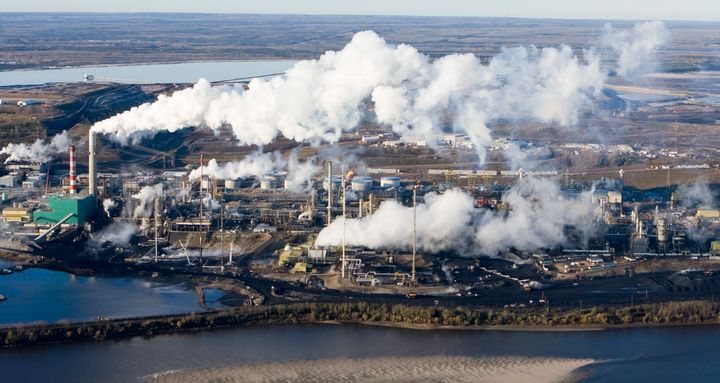
Construction of an oil pipeline running for approximately 207 kilometers through one of the most remote, bio-diverse parts of the Peruvian Amazon has been delayed.
Oil operations in this region have been fiercely opposed by indigenous organizations in Peru and human rights organization Survival International over its potential impact on indigenous people living in 'isolation' who have no regular contact with outsiders. In late 2010 Survival warned the United Nations Special Rapporteur on Indigenous Peoples, Professor James Anaya, that the pipeline could 'decimate' the 'uncontacted' people in the region.
According to past statements from Peruvian officials, the pipeline was expected to be ready by next year. "The pipeline should begin operating in 2013, the same year that the company (due to build it, Perenco) should start producing crude oil," Peru's state news agency, Andina, reported on March 29.
However, less than three weeks later, Peru's state oil company, Petroperu, released a statement claiming that Perenco would not build the pipeline until 2017. This statement was later qualified by Petroperu spokesperson Marco Silva, who said the pipeline would be ready 'before 2017' but construction has not started yet.
Perenco refused to say if the delay is due to concerns about the pipeline's potential impact on the 'isolated' people or the rainforest, which the WWF has said contains "some of the richest plant and animal communities in the world."
"The company feels that we have made very clear the position, including with regards the issue of non-contacted tribes," says Perenco's PR spokesperson, Mark Antelme, from Pelham Bell Pottinger. "It has made a considerable amount of information available on its website."
The purpose of the 207 km pipeline is to transport huge oil deposits from an area known as 'Lot 67,' and possibly others, to connect with the already-existing North Peruvian Pipeline running all the way to Peru's Pacific Ocean coast. Until it is ready, according to Petroperu's recent statement, the oil from Lot 67 will be transported using an entirely different route down and up various rivers, via Iquitos, the largest town in the region.
Contact between Perenco workers and the isolated indigenous people in the region could decimate the latter because of their lack of immunity to outsiders' diseases.
"A delay in the construction of Perenco's pipeline buys the uncontacted tribes more time, but it won't be enough," says Survival's Rebecca Spooner. "If they are to survive, their right to be left alone must be respected."
Regional indigenous organization ORPIO and national indigenous organization AIDESEP are both opposed to Perenco's operations in Lot 67. Asked about the violation of the 'isolated' peoples' rights, Petroperu spokesperson Nora Loredo said that was an issue for Peru's Ministry of Culture and Ministry of Environment to decide.
Perenco's response to criticism is to claim the 'isolated' people don't exist and cite research by an environmental consultancy as proof. But a recent article in the UK newspaper The Guardian reveals how the consultancy withheld evidence of the 'isolated' people recorded by three anthropologists.
In total, there are at least 15 different isolated, sometimes dubbed 'uncontacted,' indigenous groups in Peru. Most, if not all, are believed to be the survivors of previous contact with outsiders when many members of their groups were killed or decimated by disease.